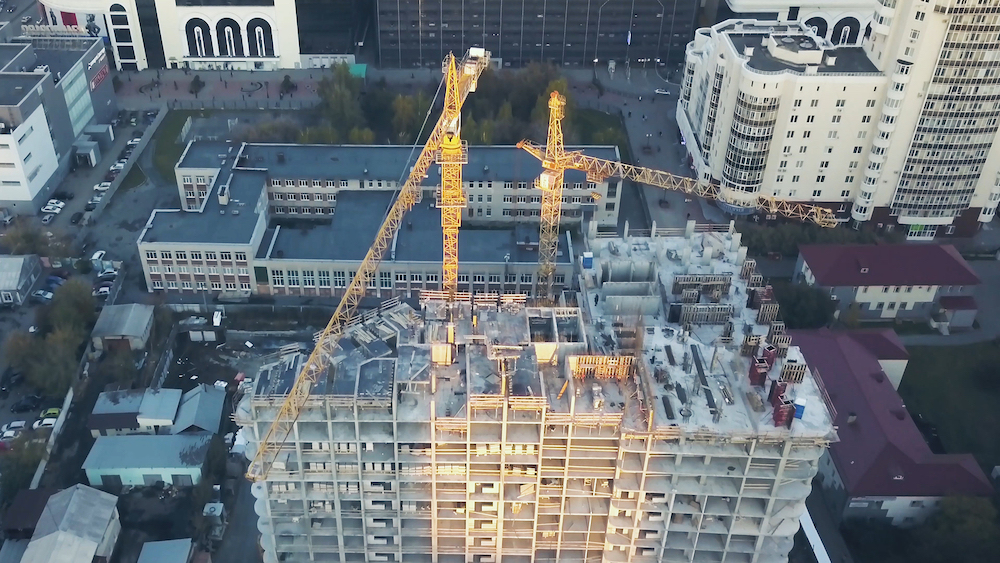In large and complex projects, there are several changes that take place every day, like changes in scope and design requirements. When managed individually, these alterations and changes may seem insignificant, but they can cause irreversible damages to the project when combined together. It results in contract disruption or disputes leading to claims. Disruption damages are very problematic for project managers.
When you face such problems in your project, don’t wait for it to get out of control. Large-scale construction projects often face a lot of delays and interruptions, which start to pile up with time and become really problematic.
So, a brief overview of all essential methods used for the quantification of deferments is given in this post to help you stay informed.
Top 5 approaches used for disruption quantification in construction
There are several ways companies quantify the exact impact of disruption. Quantifying the losses caused due to disruption is a challenging process. In the construction business, under certain circumstances, the contractor has to file a claim in court against the owner for low productivity damages. In such a case, the toughest task is to quantify these damages.
The following are some of the methods that you could use for the best quantification of the impact of disruption.
Measured mile approach
The measured mile approach analyzes the disruption costs by comparing two periods of efficiency, i.e., a good period versus a bad period of efficiency. The difference between these two periods lies in the effect of labor inefficiency. In a good period, the labor productivity of performing tasks is not impacted by labor inefficiency. In a bad period, however, the labor productivity rate is impacted by labor inefficiency.
The method compares a piece of work that was impacted by a comparable piece that was not impacted. However, the approach itself is very complex, which requires meticulous research, for which you can hire services of a quantum expert to help you in resolving the problems.
This is one of the most highly used methods when it comes to quantifying the impact of disruption. In case of failure to use this approach in case of a dispute, the claimant has to justify in court, his reasons for not using this approach for quantifying the loss of the project.
Earned value analysis
This method of quantification takes project data and compares its actual performance with planned performance in two different time zones. The earned value is expressed in terms of expected revenue generation per labor hour compared to the actual revenue generation per labor hour. However, the earned value approach makes use of similar quantities and tasks.
Modified total costs
This method of quantification of the impact of disruption is more formal as compared to the other models. This method makes use of the total cost incurred by a party as a starting point and starts to reduce damages from that point onwards. The total cost is obtained by subtracting the planned cost of the project to the actual costs incurred.
However, the validity of this approach depends upon the responsibility of the contractor over the added costs.
Productivity factors
This method makes use of specific formulas and academic studies to quantify the losses. The method uses anticipated factors and levels of efficiency in association with different causes.
However, this method is used when there are no actual costs incurred, and both parties are looking forward to only forecasting productivity loss. So, don’t wait for that to happen as now you can get help from a quantum expert for the best quantification for your project. After all, it is about getting a clear picture of the project to ensure optimal performance.
Visual observation
This method makes use of visual observation of an expert to estimate the inefficiency of the project. The expert also uses project reports and past experiences to estimate the impact and cost of disruption. This is one of the first analyses employed right after a disruption, although the method has not yet been accepted by the authorities.
As this method solely relies on the visual judgment of the observer based on the observed project, progress, and records, the final verdict is sometimes deemed bias. However, in the case where no other approach is applicable, this method is acceptable.
Don’t wait for the problem to solve itself
To sum it all up, when claiming for any kind of project disruption, make sure that the presentation of damages is very precise. For a better result, these disruptions should be resolved as soon as possible. For that, all relevant parties should take immediate action if such an event occurs.
The preferable approach is the Measured Mile approach for analysis of the disruption. A systematic approach should be adopted to contain the situation before it exaggerates. Now you can also take assistance from delay witness experts for a timely resolution of issues in a cost-effective manner as most of the methods explained are very detailed and require certain professional skills.

